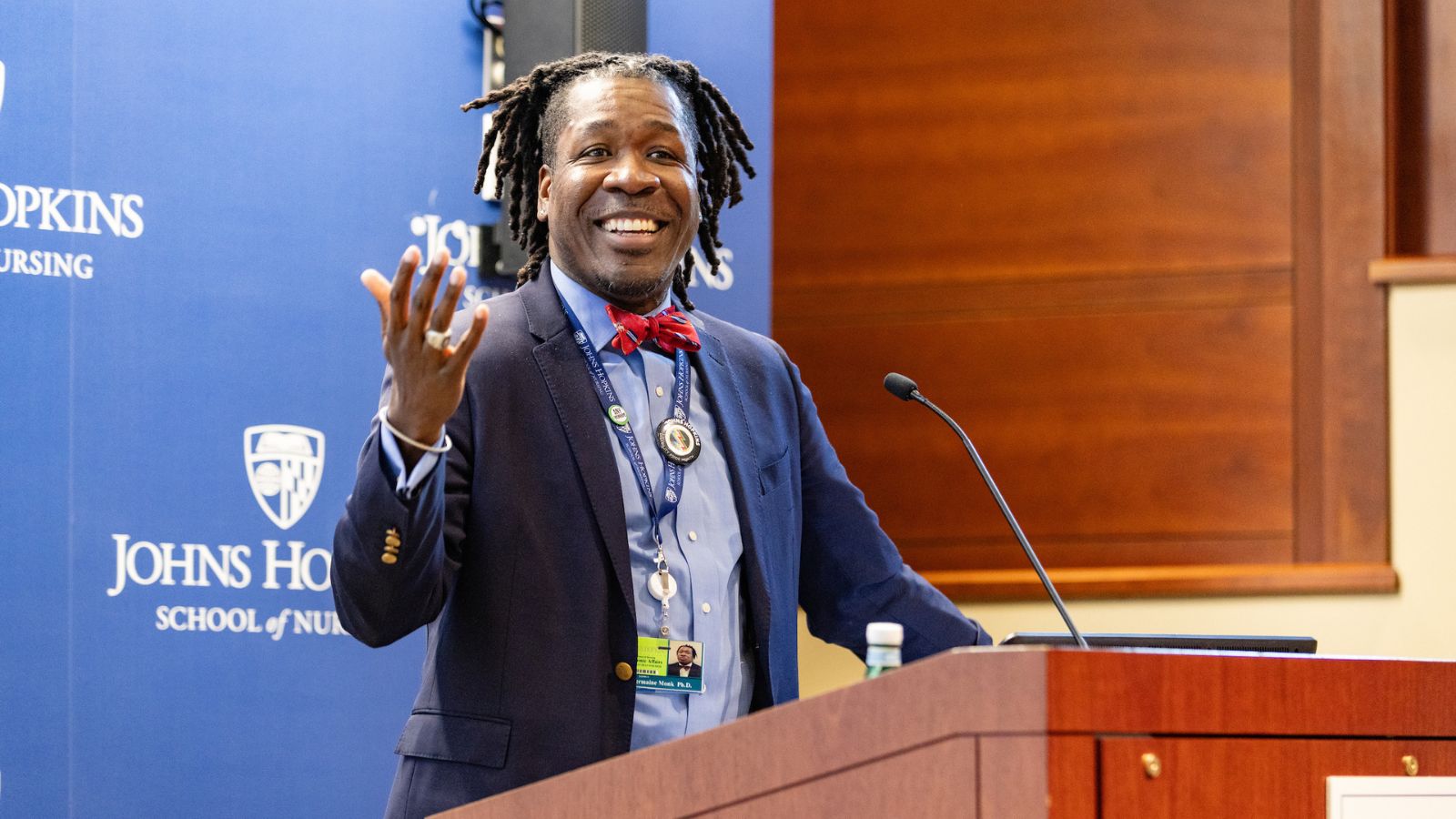We have found that the process of developing successful health care education simulation centers ultimately benefits from working together with others who have similar needs. While initially a center may develop out of a local need or pilot project, involving others enriches outcomes and enlarges the body of knowledge that can be shared by all partners.
The mantel clock display figure below summarizes the natural steps we have seen in consortium development:
- Building the consortium–partners come together to discuss, organize, and act upon common opportunities in the development of simulation centers.
- Leading and managing the consortium- a leadership structure in put into place that may involved forming a steering committee, simulation user group, and staff support.
- Collaborating with others– collaboration is a core principle of working together and provides benefits in every step of the model.
- Developing a strategy– a strategic plan is developed that described the vision, mission, and shared values of the consortium. This answers the question, ‘what do we believe?’ and help shape decisions and other behavior of the consortium. Other steps include envisioning the future, evaluating the current state, and setting key goals to accomplish objectives and outline implementation steps and resource requirements.
- Evaluating the strategic plan–measuring progress and outcomes of key goals demonstrates progress or actions needed to get back on track.
- Planning professional development—this answers the question, ‘what knowledge and skills’ do all partners need to be successful in implementing simulation centers?’ It provides a framework where knowledge and skills are identified and progress measured to assure that the consortium has them in place over time.
- Implementing the strategy—planning has been completed and actions are pursued to meet goals and objectives.
- Reflection and renewal—this is a step that reminds us we need to reflect on our previous work, acknowledge accomplishments and identify areas where we might want to improve.
- Planning for sustainability—developing effective simulation centers require the ability to sustain the efforts, funding, and outcomes that have been generated.
The base of the mantel clock display represents the foundational steps of the consortium. The remaining steps are continuously repeated and represent the continuous process of planning and implementation that blend together to shape the work of the consortium.
For those readers who have been working as consortiums, are these steps consistent with your experiences? Please comment and add to the pool of knowledge we want to develop with this blog.
Pam and Jim

 Forging Policy: How Can Doulas Improve Black Maternal Health?
Forging Policy: How Can Doulas Improve Black Maternal Health? Forging Policy: Associate Dean Jermaine Monk and Education After Affirmative Action
Forging Policy: Associate Dean Jermaine Monk and Education After Affirmative Action My First Teachers in Nursing School Weren’t Nurses
My First Teachers in Nursing School Weren’t Nurses Most People Want to Breastfeed, But Need More Support To Do So
Most People Want to Breastfeed, But Need More Support To Do So Awards for Diversity
Awards for Diversity






